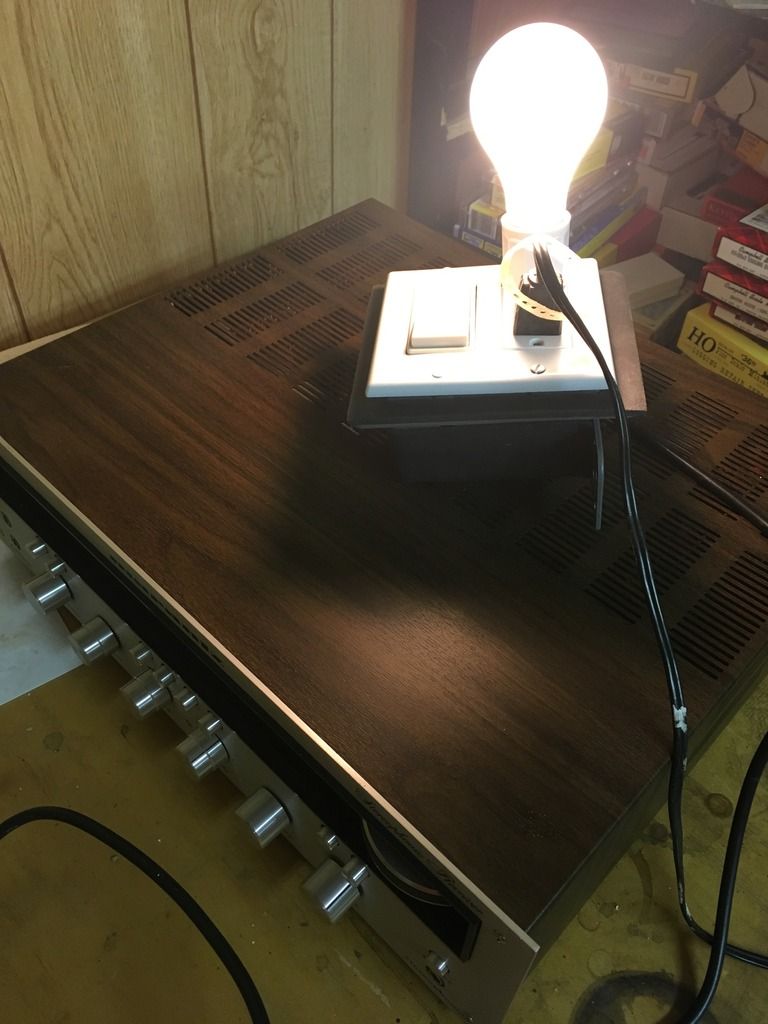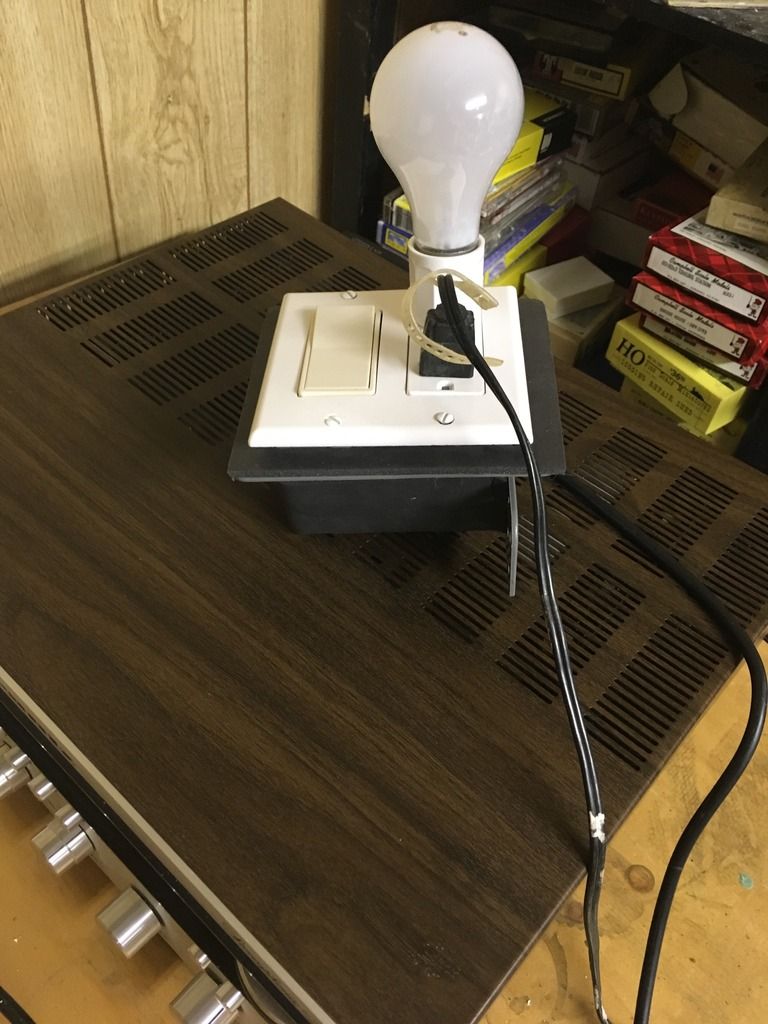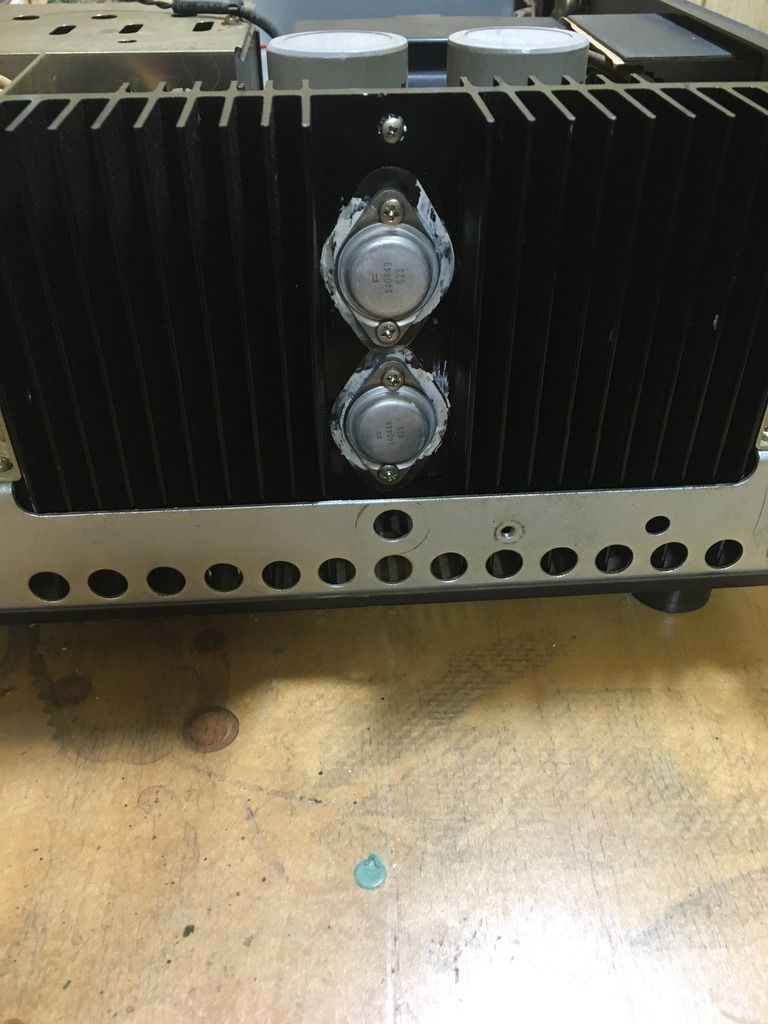It scares me if someone was in there swapping parts and didn"t even check the dc offset and idle current first.
Your getting good advice

You MUST use good mica insulators on each output. There should not be any continuity between the output transistors and the heatsink.
How hot are the driver transistors getting?? Use a point and shoot LED temperature gun.
Adjust the bias first.
If your dc offset is good, then the relay should click.
If the drivers are getting over 85-90 degrees at an idle, or climbing, shut it down and let it cool a bit.
Make sure to verify if the transistor numbers match from one amp to the other.
That will verify whether or not someone may have put the wrong transistors in.
Also make sure any parts(thermistors) glued to the heat sinks are still attached.
You have a good group of guys helping you here. Your job is to be very carefull when checking voltages and removing and replacing parts.
Make sure your volt meter is accurate. Remember to subtract the ohm lost through your test leads when checking resistance.
Using mini clips and attaching and removing them only after shut down is the correct way to test voltages.
If you must use a pointed test probe, cover the probe with tape all the way to the tip, obviously keeping the very tip open. It is way too easy to short out stuff by not paying attention.
Where safety glasses when powering it up with your head in there. If a cap blows up, youll be glad you did.
Everyone here can tell you stories of stupid mistakes we don't want you to make.
I made lots of them.
I'll give them a couple more days to work on it and hopefully they figure out the issue, after all any technician with the proper documentation and equipment should figure this out right?






